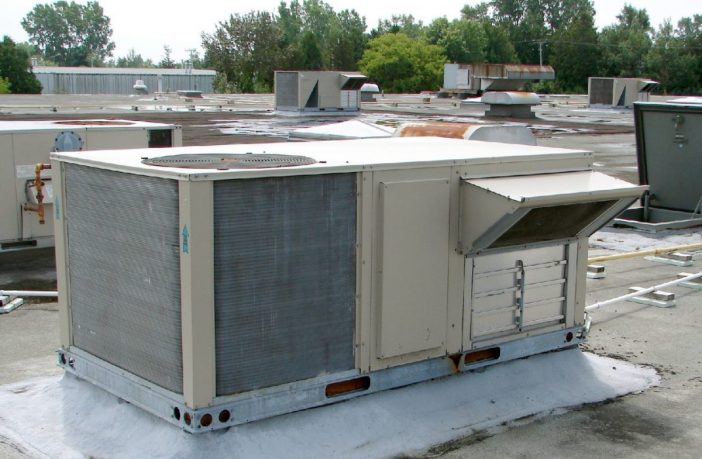- Researchers from the Lebanese International University and the University of Nantes in France have developed a way to use cold air exhausted from heating, ventilation, and air conditioning (HVAC) systems to cool off solar panels.
- The solar module cooling technique can be applied in PV systems in structures that can use exhaust air from HVAC systems.
- Cooling is achieved through the forced convection of exhaust air on the rear sides of the panels, to absorb excess heat through heat transfer.
“The operating temperature of the PV array will be reduced due to the heat transfer between the air flow and the lower surface of the PV system, which usually has a high temperature,” the academics explained.
The technique was tested through thermal modeling on an experimental PV panel with ceria-doped glass, optical-grade adhesive, a very thin layer of silicon, a solder layer, and an aluminum nitride substrate. The scientists also conducted a parametric study by varying the cooling load of the HVAC system from 0 kW to 110 kW.
“The height of the exhaust duct (H) was taken as 0.1 m and the width (l) as 0.5 m,” the scientists explained. “The length of the PV module was taken as 0.5 m. The ambient temperature is set at 25 C while the exhaust air temperature is set to 22 C.”
They measured the wind speed on the upper part of the panels at 2 meters per second. The solar irradiance was equal to 700 W/m2.
The experiment showed that the efficiency of the PV modules rose from 11% to 18% when the cooling load increased from 0 kW to 140 kW.
“At high cooling load, the surface temperature decreases suddenly due to the high heat transfer,” they said. “However, a minimum height of the exhaust air duct must be selected to reduce the waste of air at low temperature or use a series of PV to be cooled with the same air duct.”
The researchers warned that the current system configuration favors the accumulation of dust on PV systems, which should be avoided, as it could affect PV system performance. However, they plan to split the flow of the exhaust air into two parts, with one part flowing over the lower surface and the second over the upper surface, to eliminate dust accumulation.
“The efficiency of the PV system may be enhanced by generating a turbulent flow at low Reynolds number by using a Vortex Generator,” they added. A vortex generator is a small angled plate installed on an outer surface of an aerodynamic body that can create mini wingtip vortices, which spiral through the boundary layer and free-stream airflow.
The scientists described the proposed technique in “Improving the efficiency of photovoltaic panels using air exhausted from HVAC systems: Thermal modeling and parametric analysis,” which was recently published in Cases Studies in Thermal Engineering.
Author: Emiliano Bellini
This article was originally published in pv magazine and is republished with permission.















